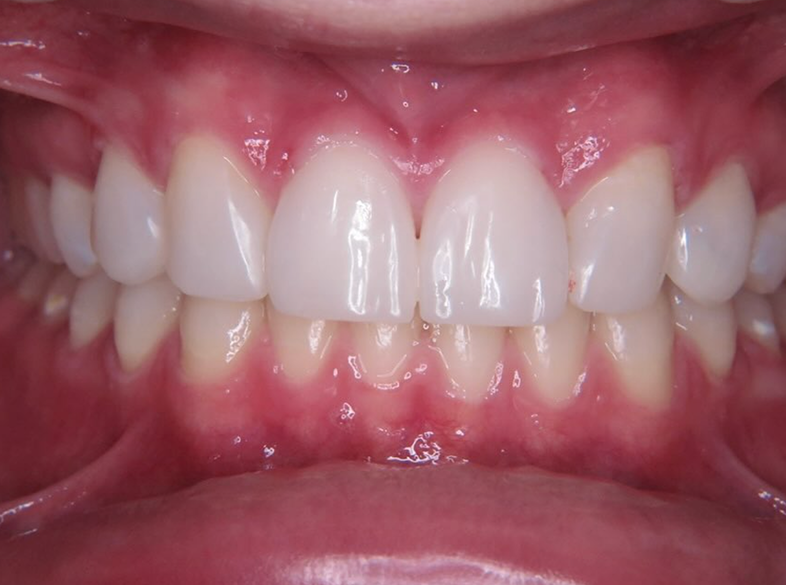4.5 - 172 Google Reviews
Root Canal treatment takes place to save a severely infected tooth, either with bacteria because of an injury or an untreated cavity (filling). At Smithfield Dental, we perform the procedure to remove bacteria and dying or dead tissue from inside the tooth. Treatment requires no more than two dental visits. Without root canal treatment, the infection can become so severe tooth extraction is the only option.
Our dentist uses local anesthesia, using a needle to numb the tooth. When the area is numb, we place a small rubber sheet around the tooth, so it is isolated and kept clean and dry. We then make a small hole in the top portion of the tooth. Small files are used to clear away the damaged and diseased pulp from the inside of the tooth.
We also use the files to shape the tooth’s inner chamber and root – and rinse the tooth to wash away any remaining pulp. We might put an antimicrobial solution in the chamber to kill any remaining bacteria and reduce the risk of further infection.
Once the tooth’s centre is thoroughly cleaned and dried, it is filled with a rubber-like material called gutta-percha. We then close the opening in your tooth with a temporary filling while you wait for the permanent crown. After a few weeks, we finish the treatment by placing a permanent crown on the top of the tooth.
Depending on the condition of your natural tooth, we may need to put a small supporting post inside the root chamber to make the crown or restoration more stable.
BOOK NOWTaking good care of your teeth and gums is necessary after a root canal. We may schedule an additional visit to X-ray the treated tooth and ensure no infection. Remember, it’s crucial to maintain good oral hygiene, so you should continue with your twice-yearly dental cleanings and exams. With care and attention, a root canal-treated tooth can stay healthy for the rest of your life.
Meet the dedicated
Invisalign team
at Smithfield Dental
Experienced professionals committed
to your smile and well-being.
Before & After
Smile Transformations
Your smile is one of your greatest assets,
and we’re here to help you achieve the healthy,
radiant look you deserve.
Book your appointment today
and experience expert care from
our friendly team!

Smile Now, Pay later
with Humm Finance


FAQ
What is a root canal and why would I need one?
A root canal is a dental procedure used to treat infection or damage inside a tooth. If the pulp (the soft tissue inside the tooth) becomes inflamed or infected due to decay, trauma, or a deep cavity, a root canal can save the tooth by removing the damaged tissue, cleaning the area, and sealing it to prevent further infection.
Is a root canal painful?
Thanks to modern techniques and local anaesthetic, root canal treatment is generally no more uncomfortable than getting a filling. Most patients report feeling relief after the procedure, especially if they were experiencing pain or sensitivity beforehand.






